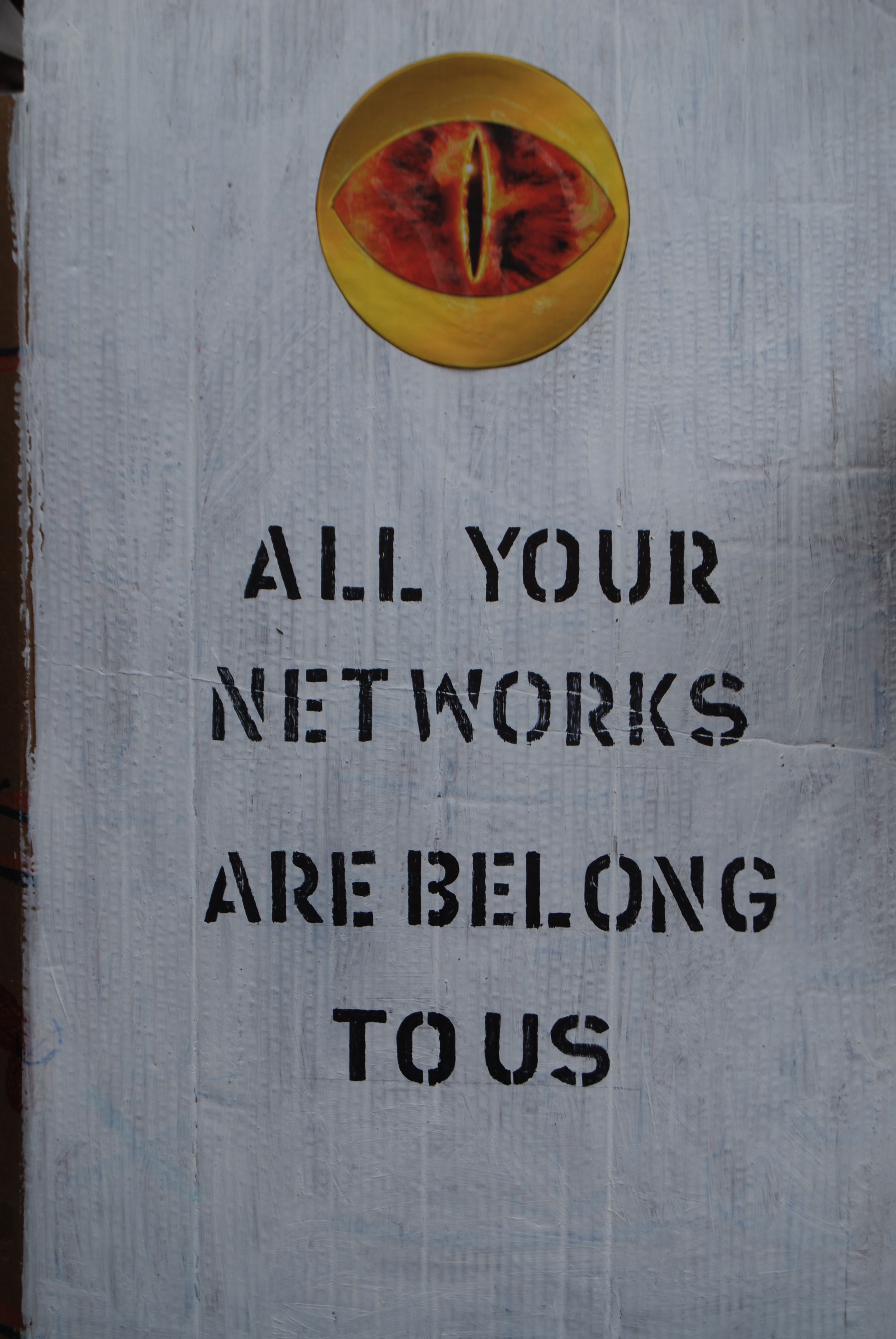FCC Workshop on Media Ownership: Picture Still Fuzzy
STANFORD, Calif., May 25, 2010 — The digital television transition and the emergence of broadband networks have opened up intriguing new kinds of distribution channels for programming, but at a media ownership workshop held in Stanford late last week it was unclear how any of this affects the qualit
STANFORD, Calif., May 25, 2010 — The digital television transition and the emergence of broadband networks have opened up intriguing new kinds of distribution channels for programming, but at a media ownership workshop held in Stanford late last week it was unclear how any of this affects the quality of local programming.

Eddy W. Hartenstein, publisher and CEO of the Los Angeles Times, several executives from media start-ups like set-top box maker Sezmi, internet radio programmer Pandora Media, low-power television station KAXT-CA and multi-platform rights management company FreeWheel Media, as well as several different independent analysts, participated in a Federal Communications Commission workshop on Friday that explored the question of how new media is affecting traditional forms of media.
In addition to trying to reach audiences through social media, broadcasters are also making new uses of the digital spectrum to provide new kinds of programming, and new ways to receive new forms of packaging of programming.
Sezmi, for example, enables consumers to receive free-over-the-air broadcasts along with a few select cable channels and internet video-programming all integrated through its set-top box. The service is currently being rolled out in Los Angeles, where consumers can buy the boxes at Best Buy.
The only consistent themes running through discussion at the workshop: New distribution channels are fragmenting the audience, and a migration of audience habits to on-demand programming and to the internet is making it hard to pay for quality programming. The executives from the broadcast industry did agree on one thing: That the commission shouldn’t even think about taking any of their spectrum away from them.
Other than that, the invited private-sector participants of the morning and afternoon panels disagreed about most things, with LA Times Publisher and CEO Eddy W. Hartenstein once again calling for a relaxation of local media cross-ownership rules, and others, such as Ravi Kapur, a local broadcast television reporter and vice-president of KAXT-CA, sharing stories of how his local low-power television station is struggling to survive and serve the many diverse ethnic populations of Vietnamese, Filipino and South Asian people in the Bay Area.
One of the most heated discussions occurred between Brian Greif, Young Broadcasting’s vice president of news and general manager of KRON-TV, and Jim Joyce, president of the National Association of Broadcast Employees, who differed on the benefits of sharing news teams’ coverage of local day-to-day events.
Greif said that engaging in the practice frees up other members of the news team to conduct more in depth investigative stories, while Joyce said it was a mere move to cut costs.
To emphasize the tough business environment, Greif noted that total spending on advertising in the local San Francisco television market has plunged by almost a third since 2004 to a projected $438 million in 2010.
James Hamilton, a Duke University professor, citing his own research and Pew statistics, said that “there’s a market failure in terms of local news coverage.”
The FCC staff, which included Media Bureau Chief William Lake, Associate Bureau Chief William Freedman, and advisors to FCC Chairman Julius Genachowski and Commissioner Robert McDowell, asked questions that focused on competition.
Rosemary Harold, McDowell’s media advisor, a former journalist, asked how influential local publications are, and whether they are still seen as the local agenda-setters. Sherrese Smith, Genachowski’s legal advisor, wondered how local news stations could generate original news reporting if they share all their resources. Lake asked whether internet video and free digital over-the-air broadcasts could eventually replace pay television services.
Scot Gensler, CurrentTV’s senior vice president of corporate and business development, said he thought that because of the costs associated with producing programming, most high-quality programming would remain behind pay walls of some sort.
The commission is undertaking its quadrennial review of its media ownership rules, with no deadline for its review. The 1996 Telecommunications Act requires the commission to re-examine every four years whether it needs to repeal its media ownership rules if they are found to be no longer in the public interest.
The rule changes have been the subject of extensive litigation. The Court of Appeals for the Third Circuit this March removed a stay on the FCC’s cross-ownership rules that prohibit a media company from owning a broadcast station and a newspaper in the same market, but the legal proceedings regarding the rules are still underway.









